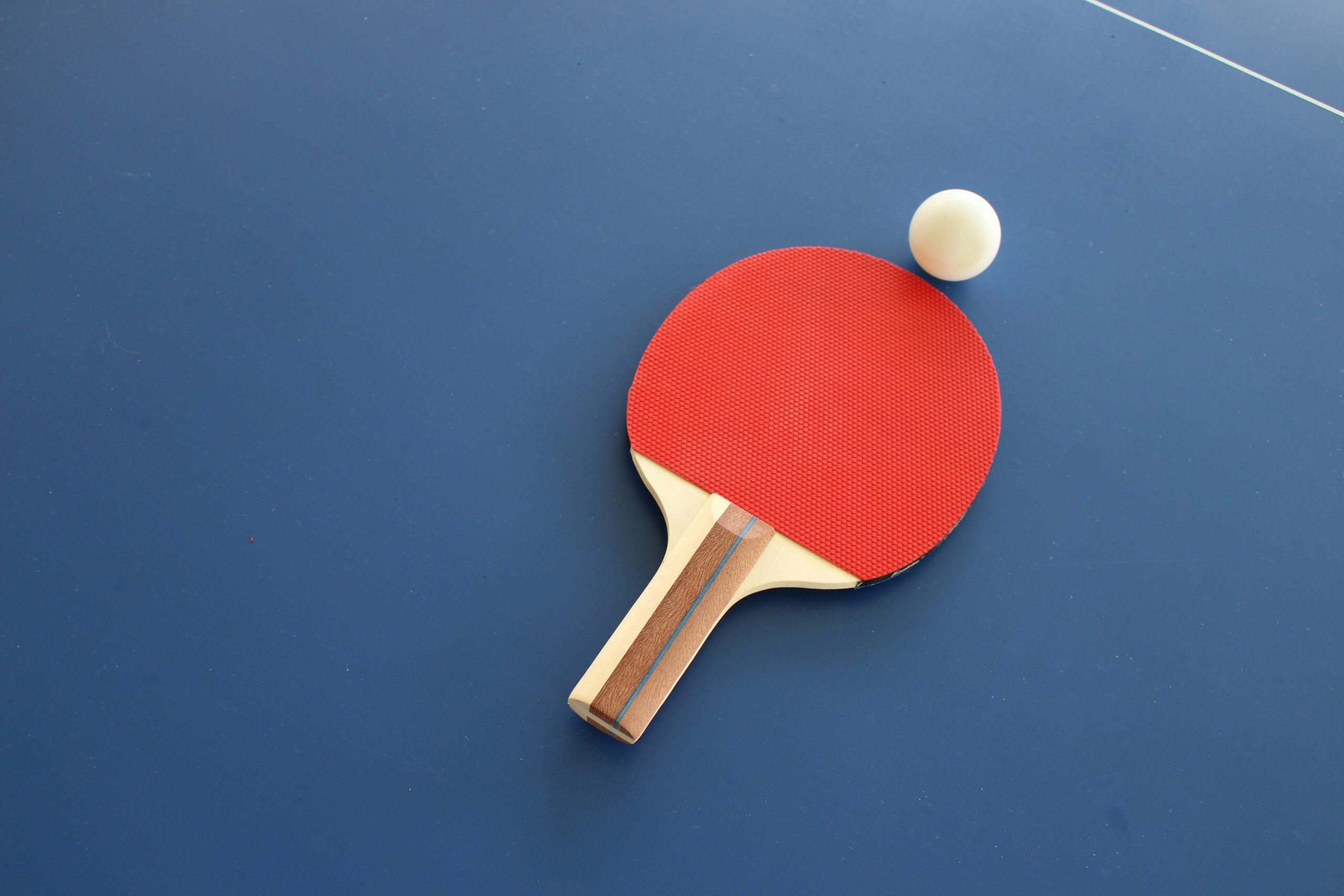
The Humble Beginnings
Ping pong, or table tennis, started as a parlor game in the late 19th century, played by British upper-class families as an indoor alternative to lawn tennis. With a makeshift net, a row of books, and a ball made of rubber or cork, Ping Pong early players improvised their way into a pastime that would eventually become a global sport. Initially known by several names, including “whiff-whaff” and “gossima,” the game evolved as players refined the equipment and techniques used to keep the ball in play.
By the early 1900s, the sport gained traction beyond England, entering Europe and Asia. The first official rules were drawn up in 1926, the same year the International Table Tennis Federation (ITTF) was established. Standardized paddles, celluloid balls, and regulation-sized tables replaced the homemade versions, setting the foundation for table tennis as a professional sport.
The Shift from Recreation to Competition
For decades, table tennis was primarily a social activity played in basements, community centers, and college dorms. However, as the sport’s popularity grew, so did the demand for organized competitions. The first World Table Tennis Championships took place in London in 1926, marking the transition from a casual pastime to a serious international competition.
Over the years, China and other Asian nations embraced the sport with an intensity unmatched by Western countries. By the 1950s, China had emerged as a dominant force, producing elite players who combined speed, precision, and strategy. Japan also contributed to the sport’s development, introducing the sponge-covered paddle, revolutionizing gameplay by allowing for more excellent spin and control.
The rivalry between China and Europe became a defining aspect of table tennis history. Hungarian and Swedish players challenged Chinese dominance, leading to thrilling international showdowns that captivated audiences worldwide. Introducing new techniques, including aggressive topspin strokes and strategic footwork, elevated the game to an art form requiring agility, reflexes, and tactical thinking.
The Olympic Breakthrough
Despite its worldwide following, table tennis remained outside the Olympic spotlight until 1988 when it was officially included in the Summer Games in Seoul, South Korea. This moment was a turning point for the sport, solidifying its legitimacy and providing athletes with a global stage to showcase their skills.
With Olympic recognition came increased funding, advanced training methods, and excellent media coverage. Players became national heroes, especially in countries like China, where table tennis is more than just a sport—it’s a cultural phenomenon. Legends like Ma Long, Deng Yaping, and Zhang Jike gained international fame, inspiring new generations to take the paddle.
The Olympics also introduced table tennis to broader audiences, fueling interest in grassroots programs and competitive leagues worldwide. Recreational players aspired to replicate the rapid-fire rallies seen in professional matches, leading to a surge in table tennis clubs and tournaments.
Technology, Strategy, and the Modern Game
As with any sport, table tennis has evolved significantly due to advancements in technology and strategy. Modern paddles are constructed with specialized rubber to enhance spin and speed. Once made of celluloid, the ball transitioned to a plastic material to improve durability and safety. Rule changes, such as the switch from a 21-point to an 11-point scoring system, have made matches faster and more engaging for spectators.
The sport has also embraced digital innovations. Slow-motion replays, advanced analytics, and artificial intelligence have provided players and coaches with deeper insights into performance. Training techniques now incorporate biomechanics, reaction drills, and mental conditioning to optimize player development.
The Future of Table Tennis
As table tennis continues to evolve, new challenges and opportunities emerge. The sport is gaining ground in North America, with the United States investing in youth development programs to nurture future champions. Meanwhile, the professional circuit is expanding, with prize money and sponsorship deals increasing to attract top talent.
Additionally, the rise of social media has allowed amateur and professional players alike to share techniques, strategies, and highlight reels, fostering a vibrant online community. Trick shots, training routines, and friendly matches between athletes of different disciplines have further elevated the sport’s entertainment value.
Table tennis has undergone a remarkable transformation from its humble origins in Victorian parlors to the Olympic stage and global competitions. What began as a casual basement game has grown into a highly competitive and internationally revered sport. With its fast-paced nature, accessibility, and potential for continued innovation, the future of ping pong looks brighter than ever.